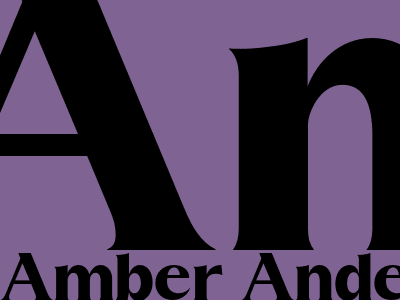SEO for Beginners: A Comprehensive Guide
Introduction
In today's digital age, having an online presence is crucial for businesses and individuals alike. Search engine optimization (SEO) plays a vital role in making your website visible to potential customers or readers. This comprehensive guide will equip you with the essential knowledge and techniques to optimize your website for search engines.
Understanding SEO
SEO involves optimizing your website's content, structure, and technical aspects to improve its ranking in search engine results pages (SERPs). When users search for relevant keywords, your website should appear as high as possible in the results to attract more traffic.
On-Page SEO
On-page SEO encompasses optimizing elements within your website's pages, such as:
- Page titles: Create clear and concise page titles that include relevant keywords.
- Meta descriptions: Write compelling meta descriptions that summarize the page's content and encourage users to click.
- Header tags: Use heading tags (H1, H2, H3) to structure your content and incorporate keywords.
- Keyword optimization: Include relevant keywords throughout your content, but avoid keyword stuffing.
- Image optimization: Use descriptive alt tags for images to improve accessibility and search engine comprehension.
Off-Page SEO
Off-page SEO focuses on building authority and credibility for your website through external factors:
- Backlinks: Acquire high-quality backlinks from reputable websites to signal your site's trustworthiness.
- Social media engagement: Establish a strong presence on social media platforms to promote your content and attract traffic.
- Local SEO: Optimize your website for local searches if your business serves a specific geographic area.
- Brand mentions: Encourage positive mentions of your brand or website to enhance your online reputation.
Technical SEO
Technical SEO ensures that your website is search engine-friendly:
- Page speed: Optimize your website's load speed to improve user experience and SEO ranking.
- Mobile optimization: Ensure your website is responsive and user-friendly on mobile devices.
- XML sitemap: Create an XML sitemap to help search engines crawl and index your website effectively.
- Robots.txt file: Control which pages search engines can crawl and index using the robots.txt file.
Conclusion
SEO is an ongoing process that requires regular monitoring and adjustment. By following the techniques outlined in this guide, you can optimize your website to rank higher in search results, attract more traffic, and achieve your online goals.

Comments